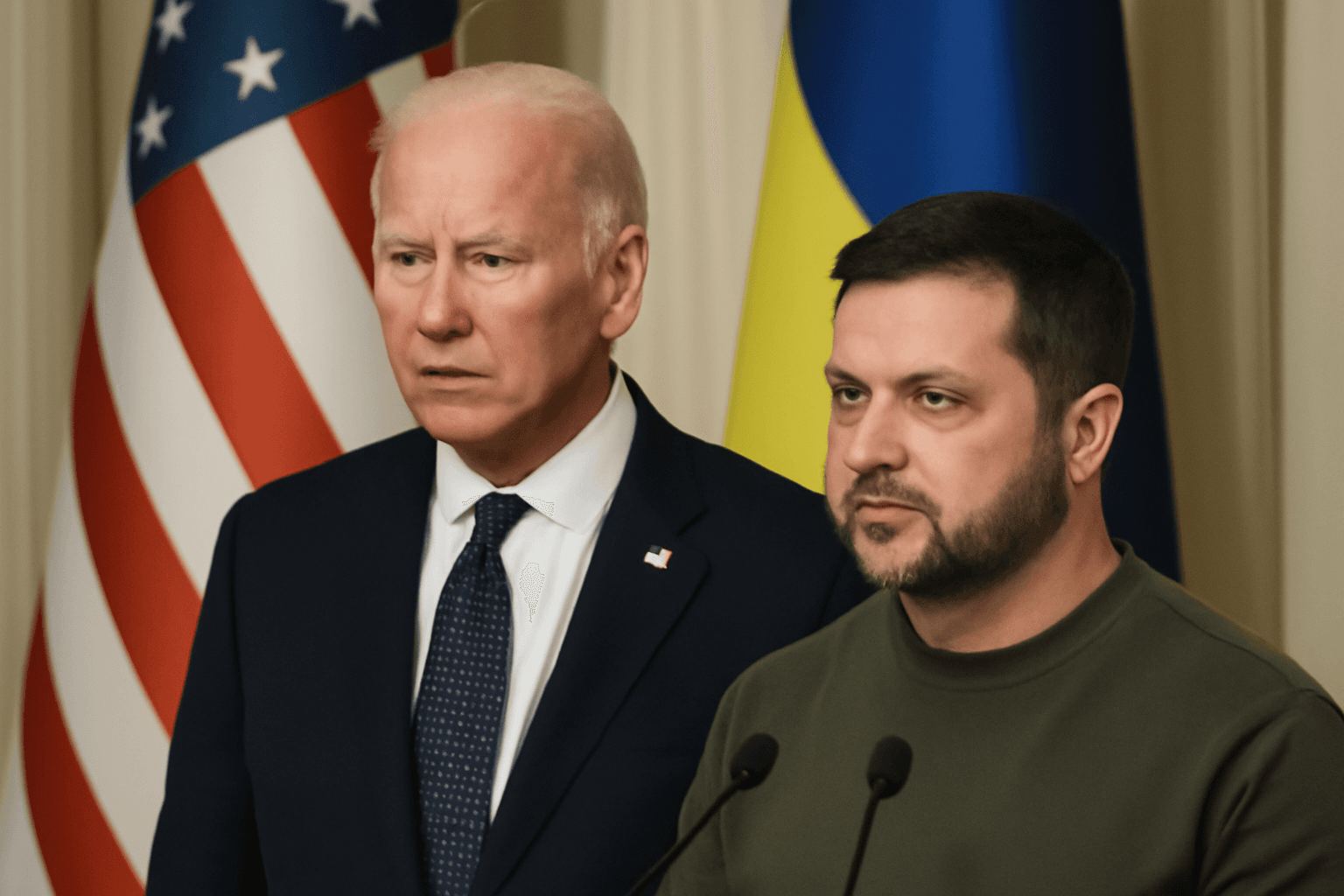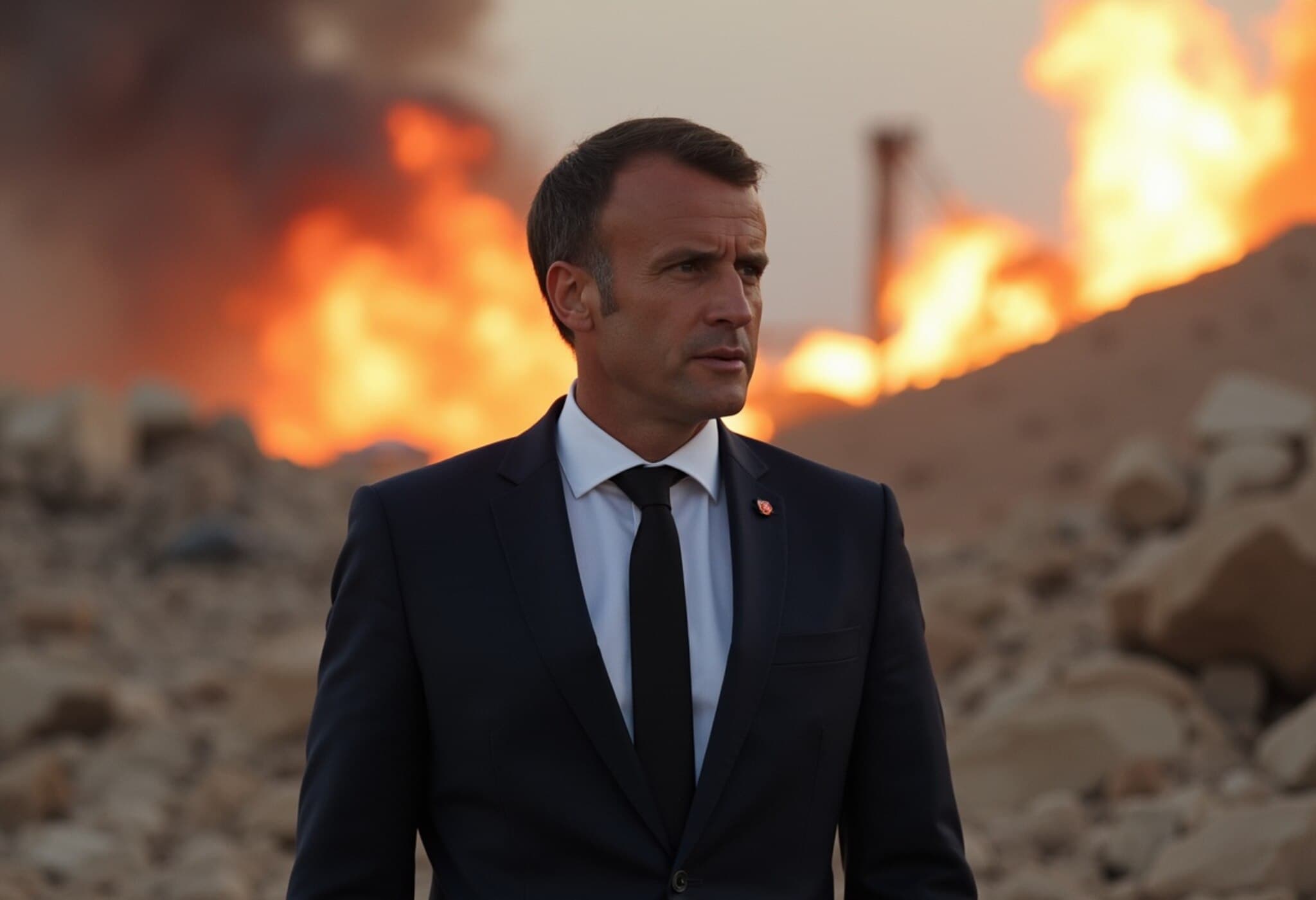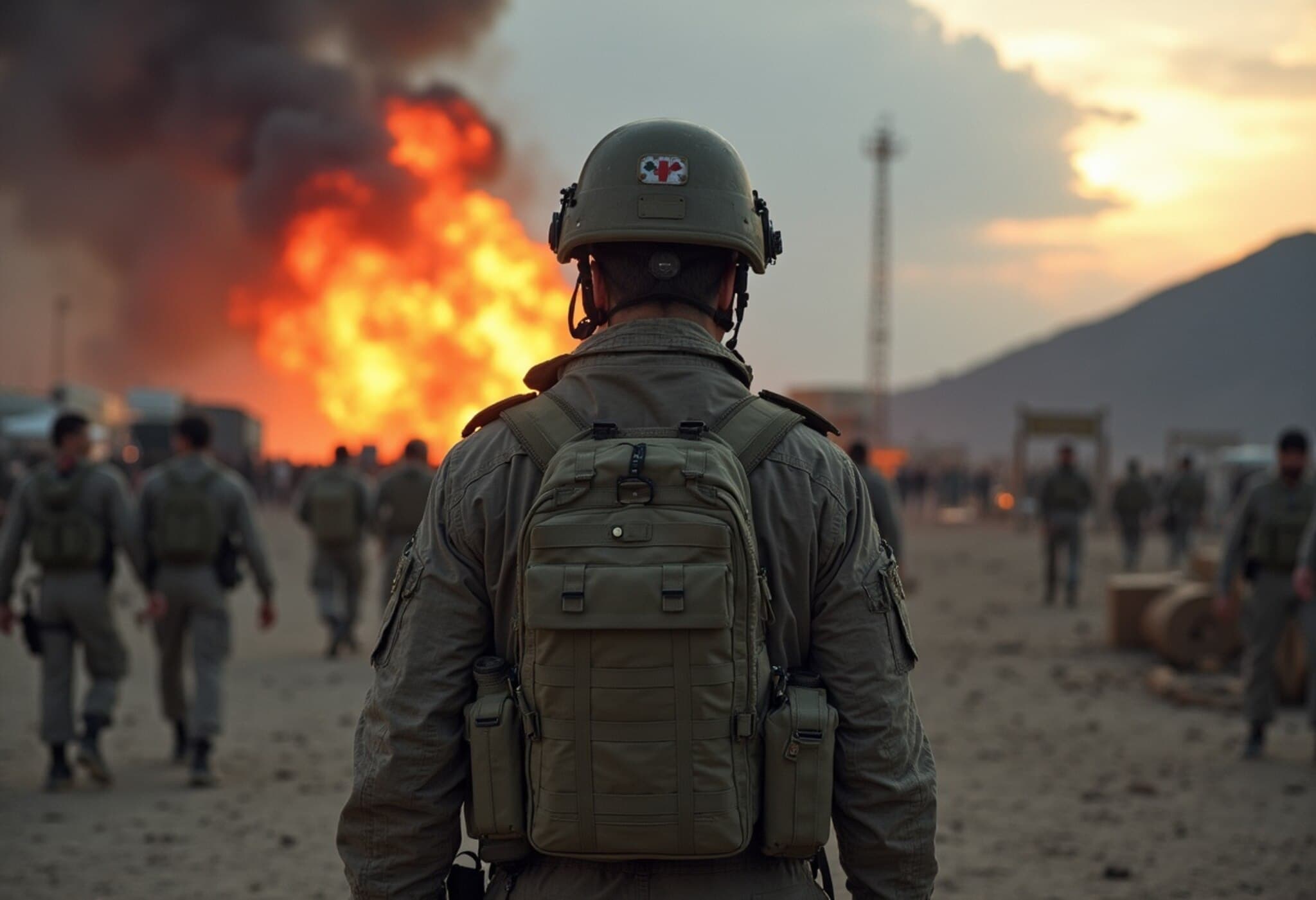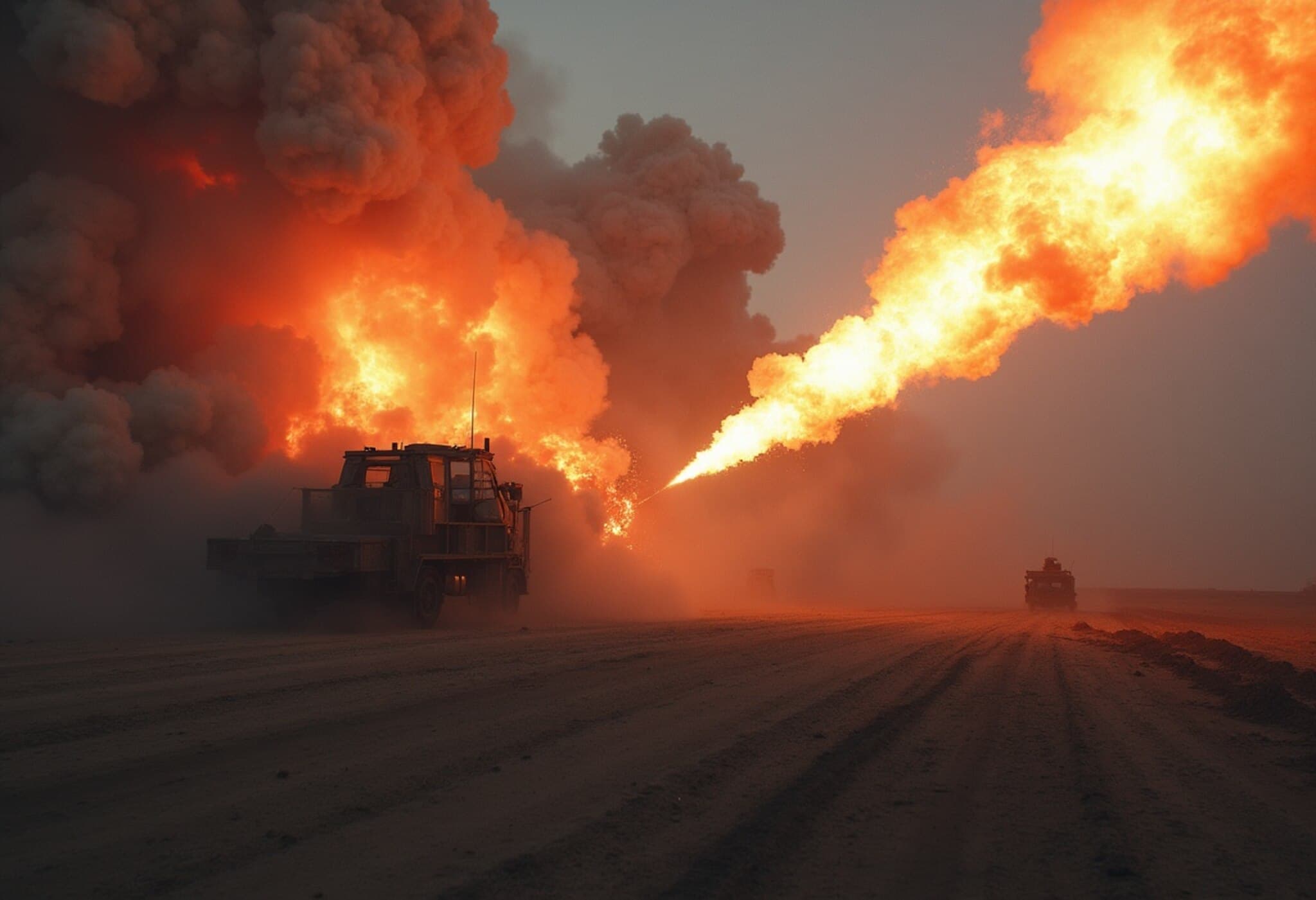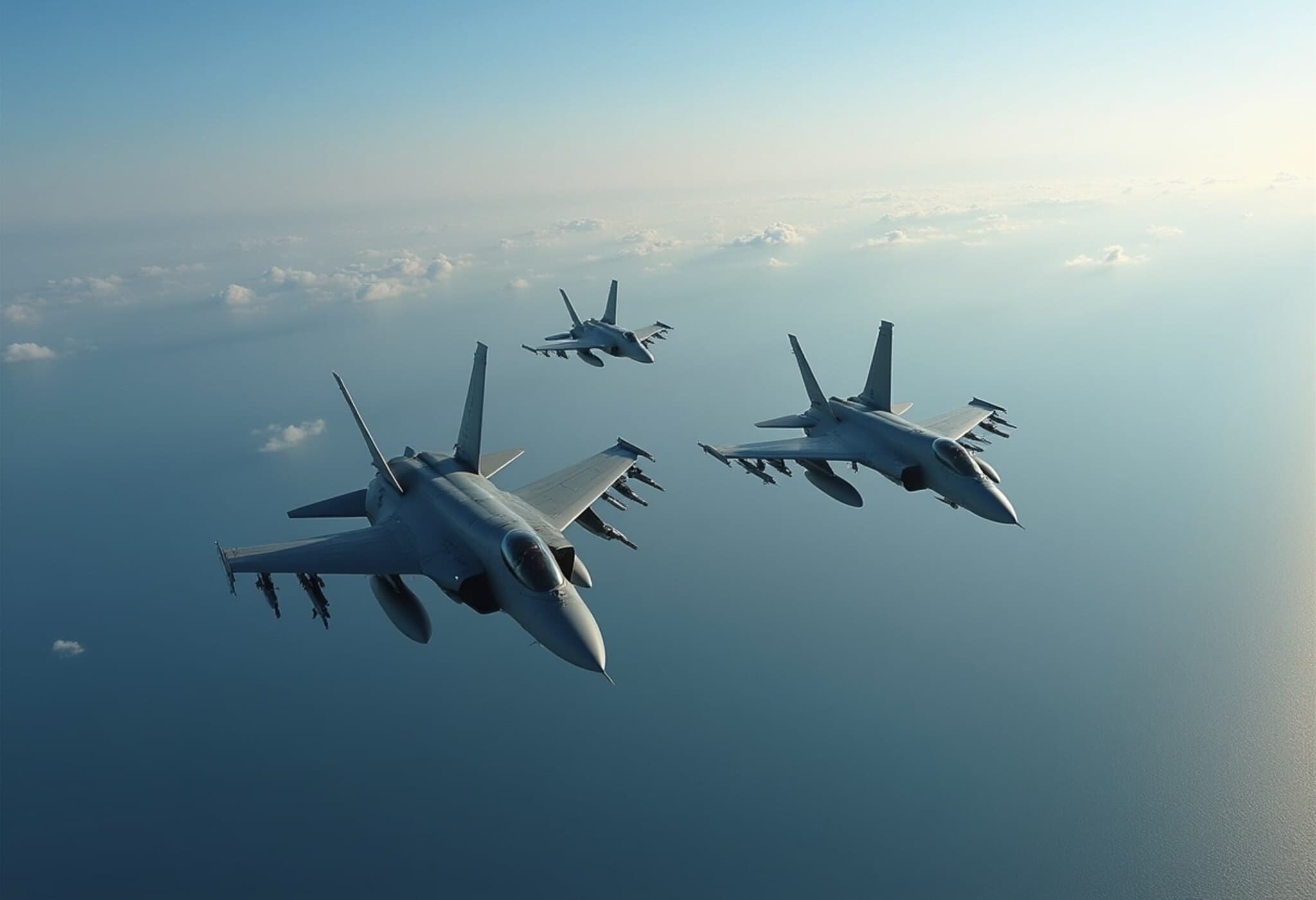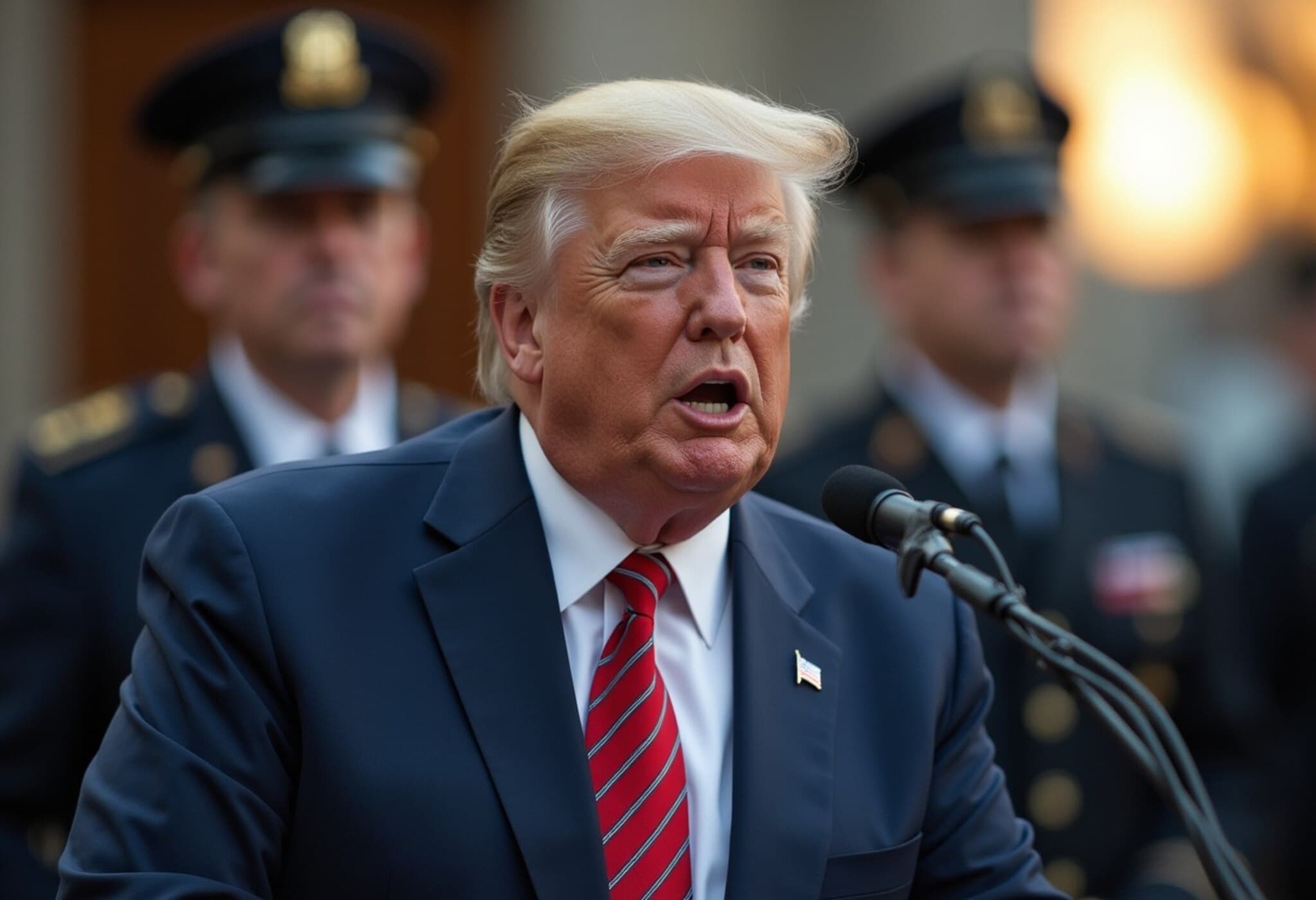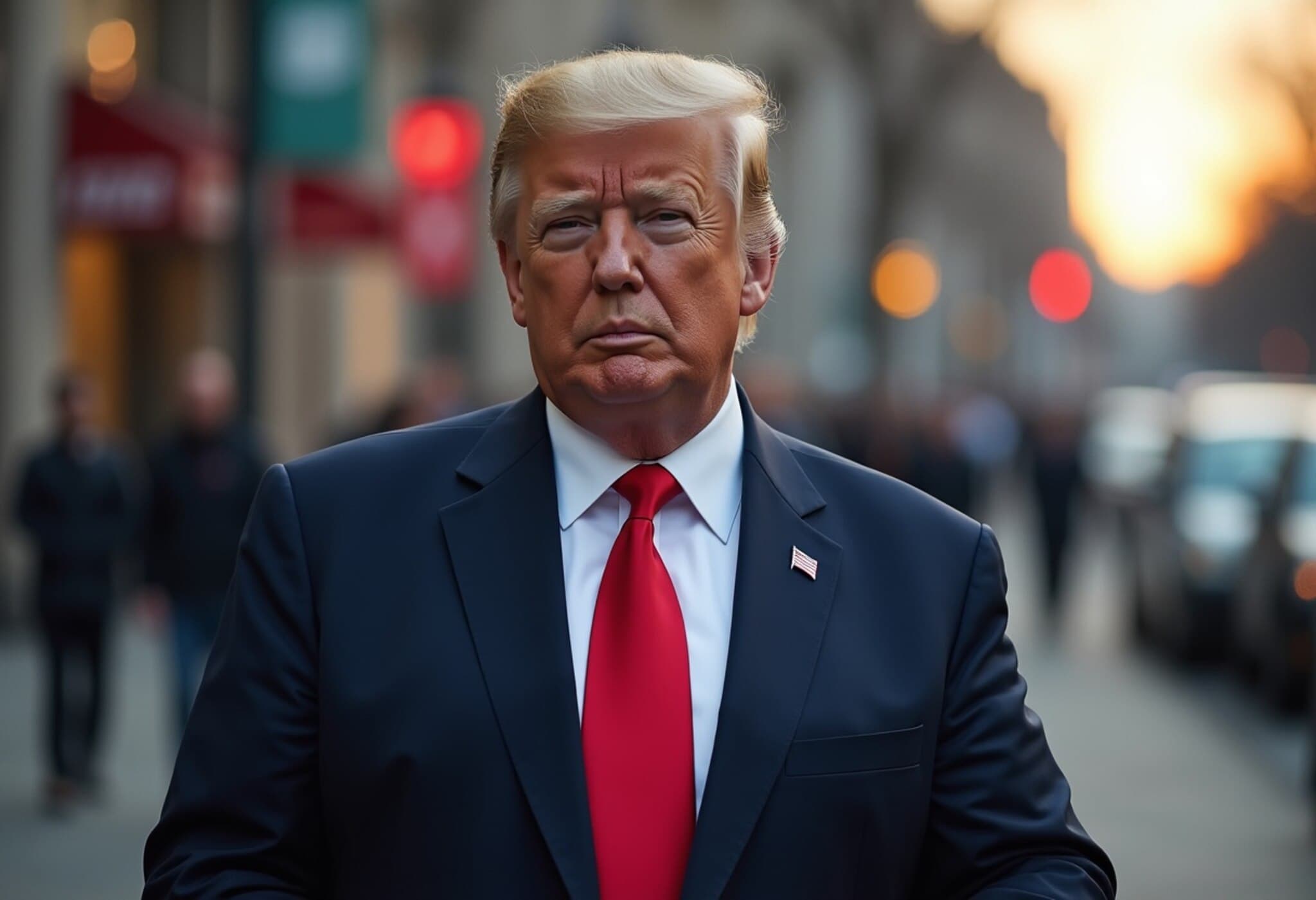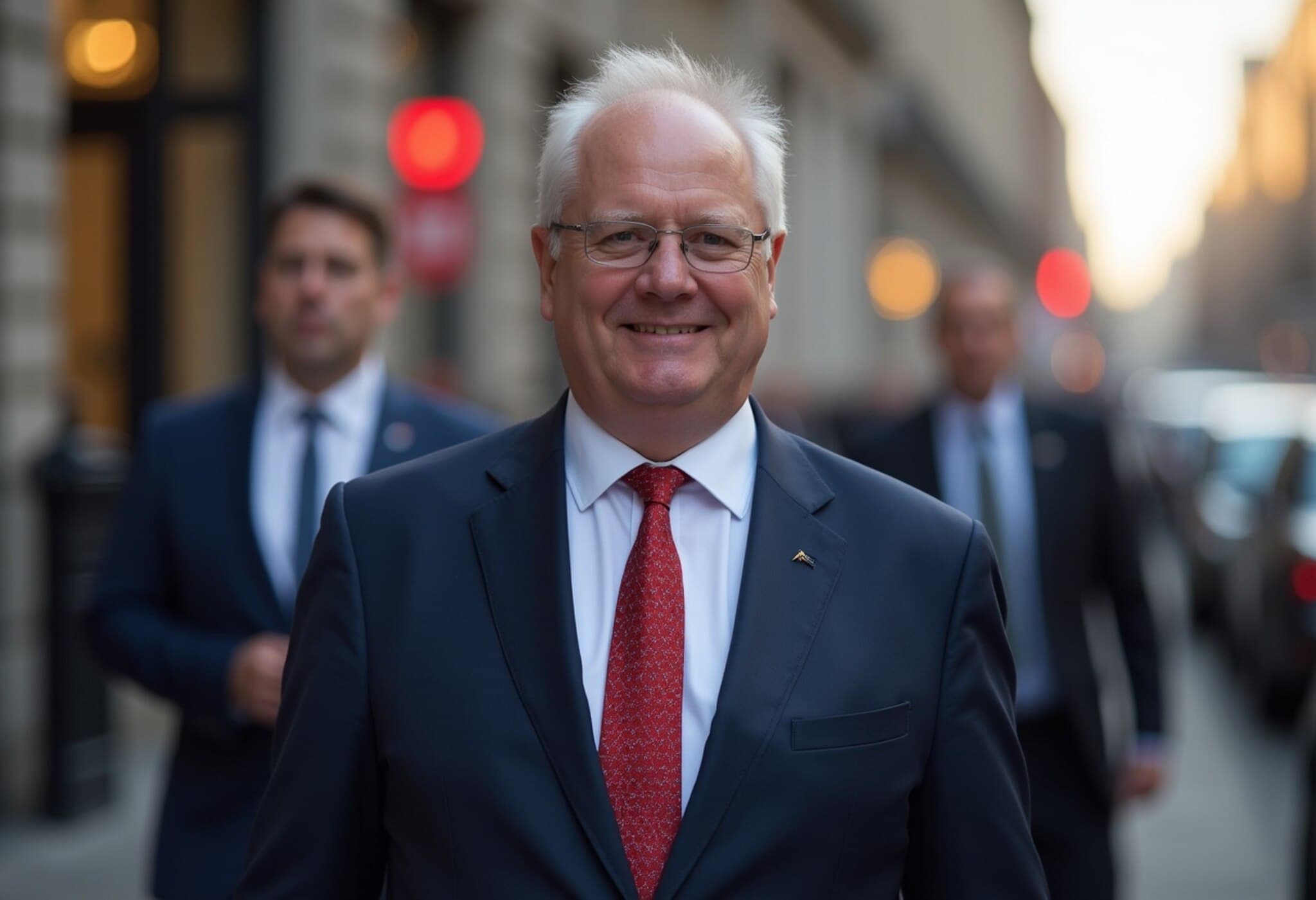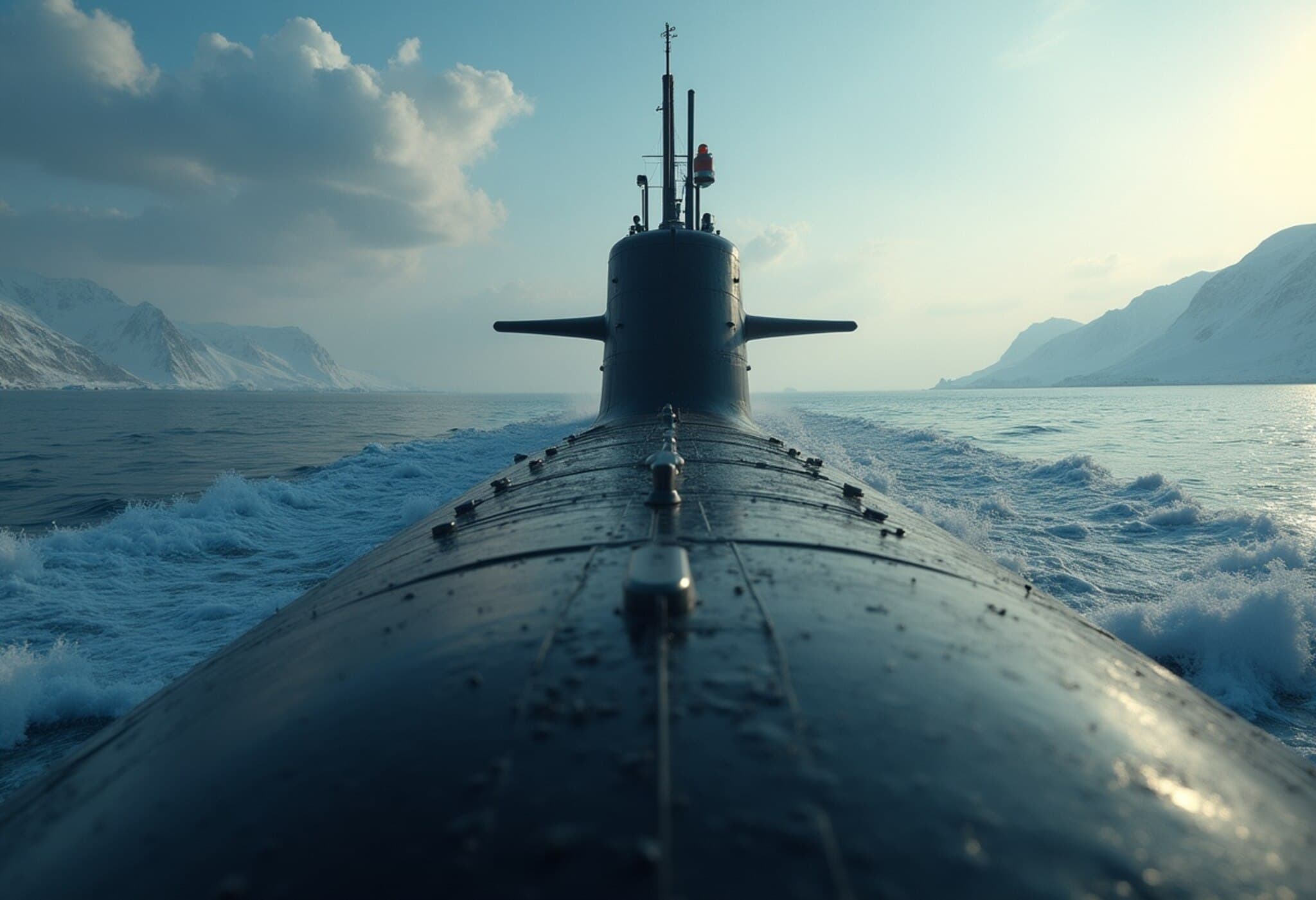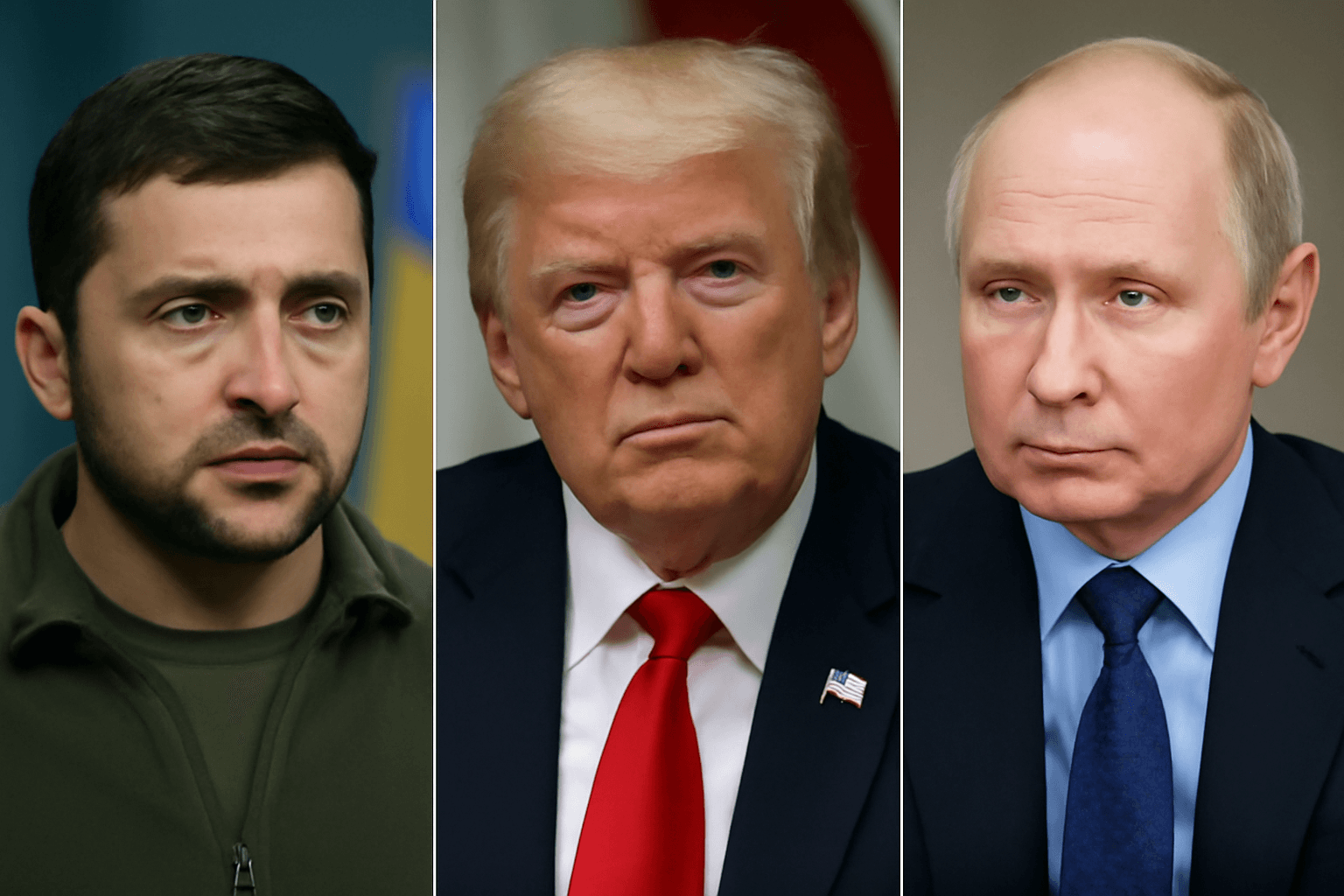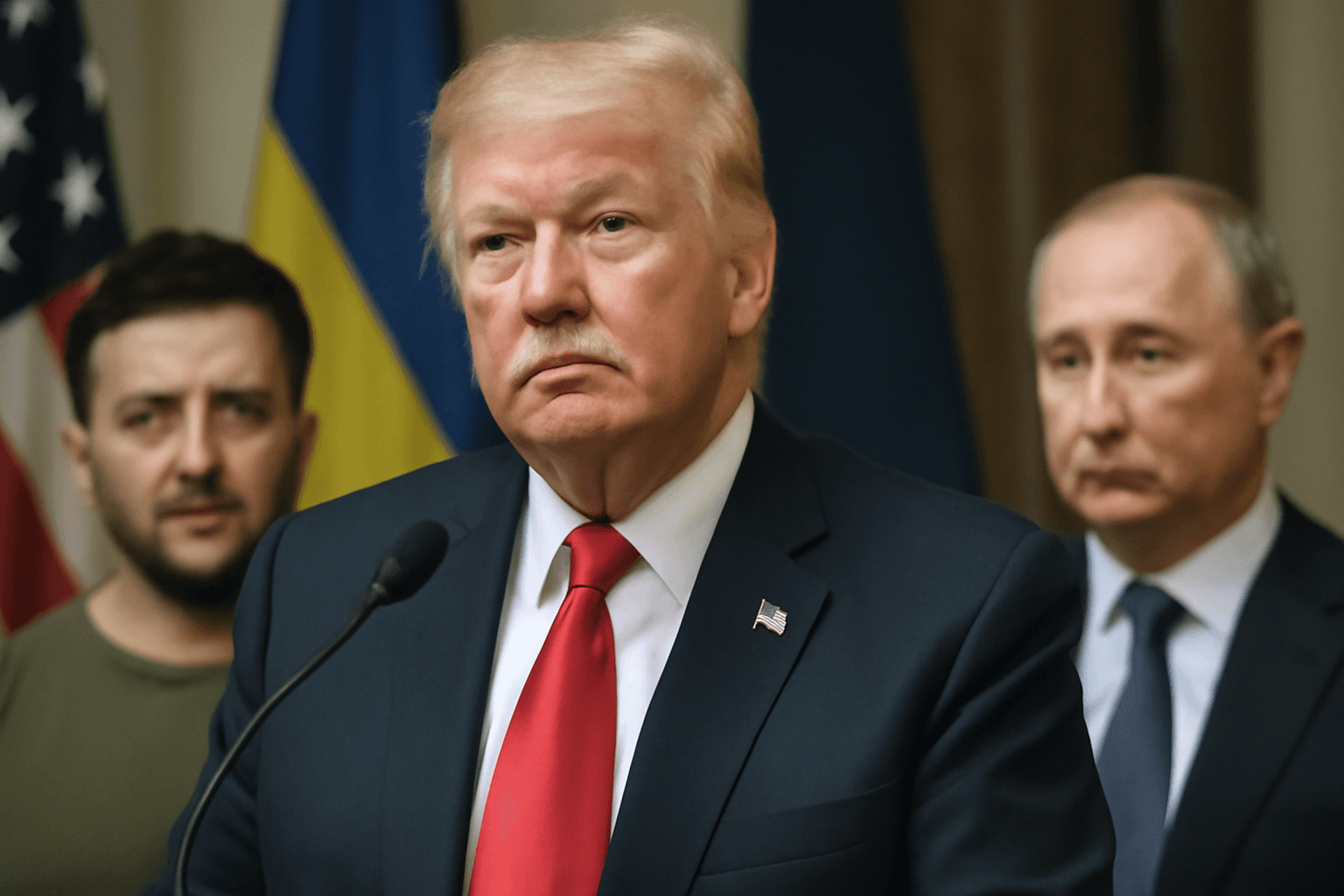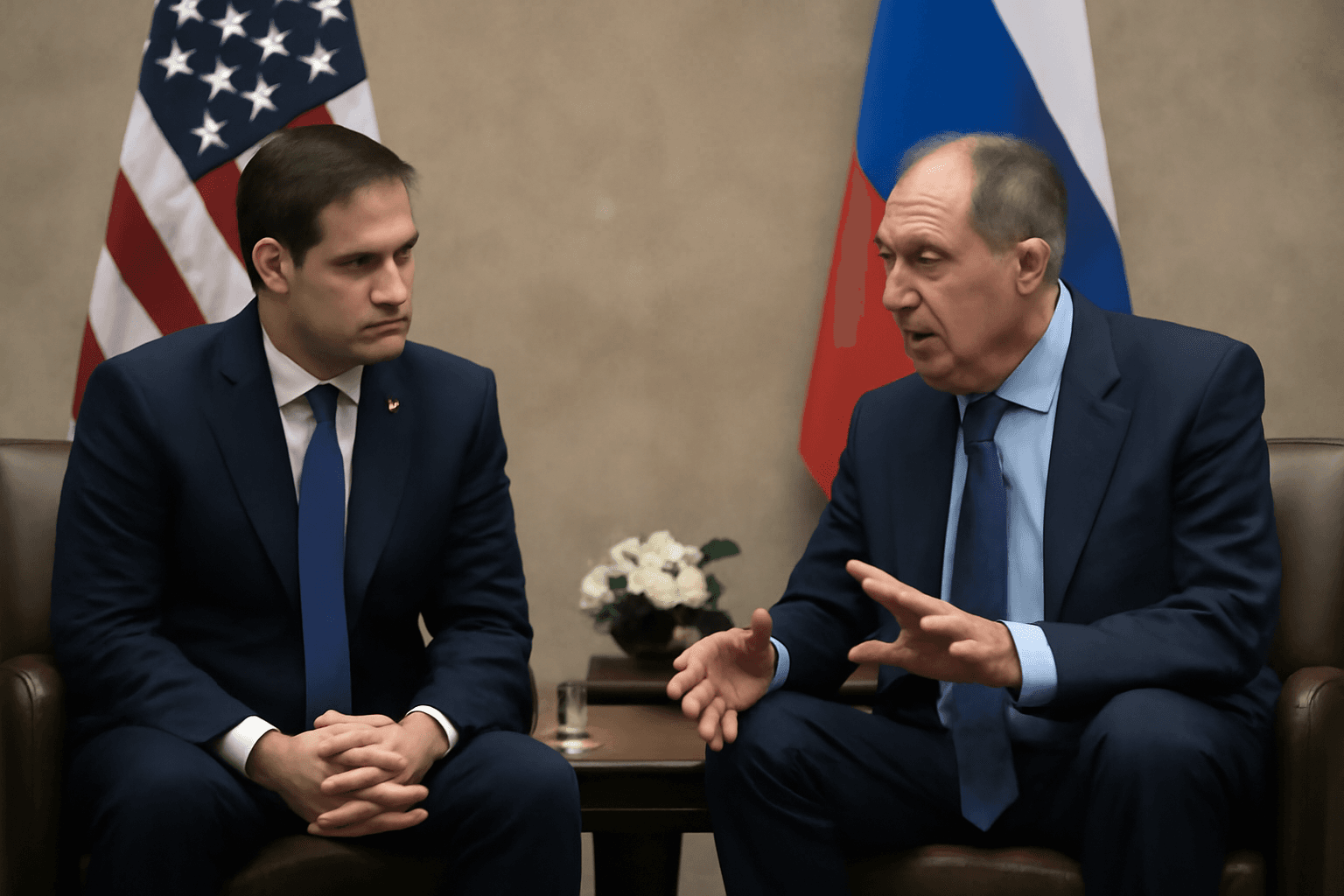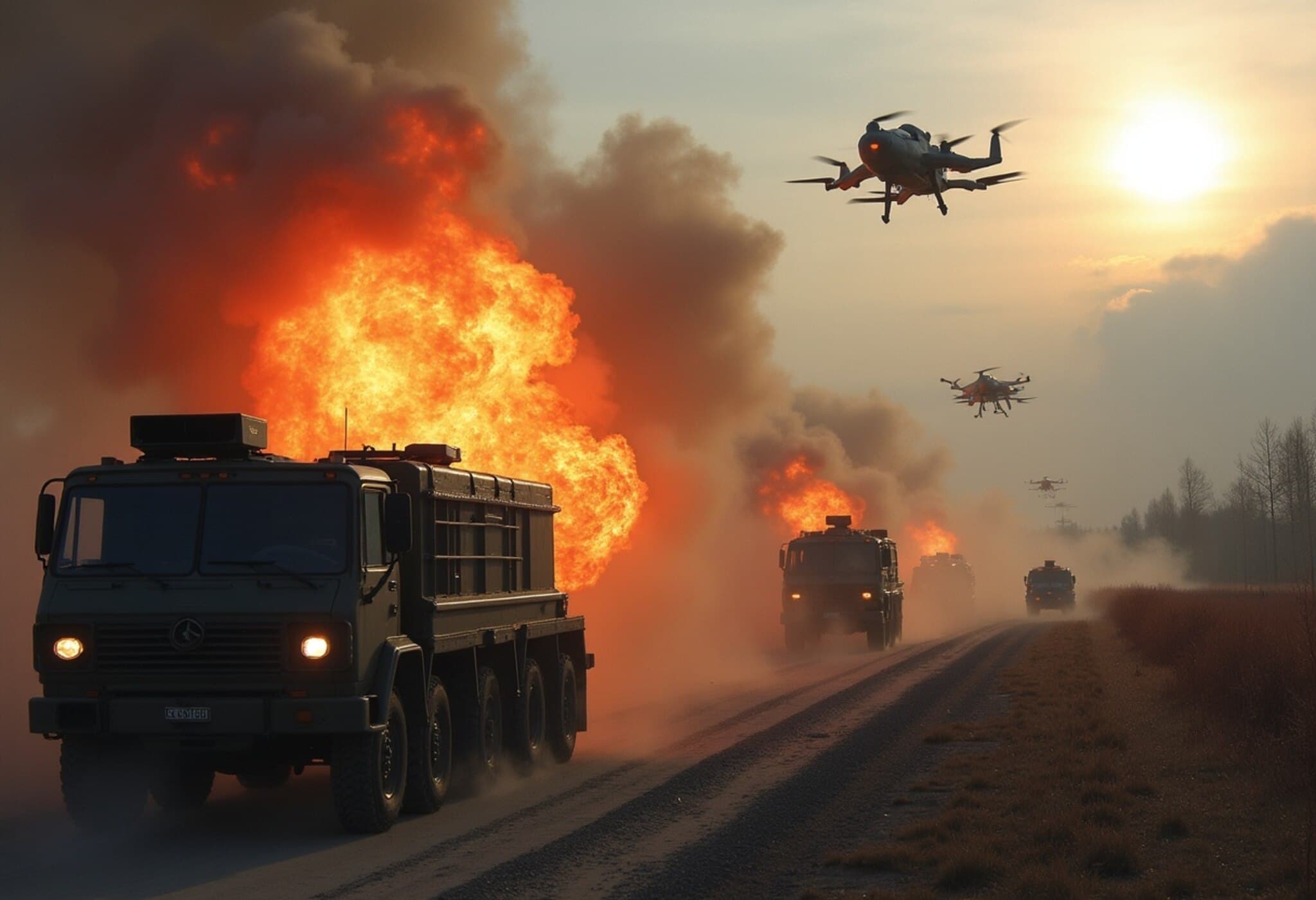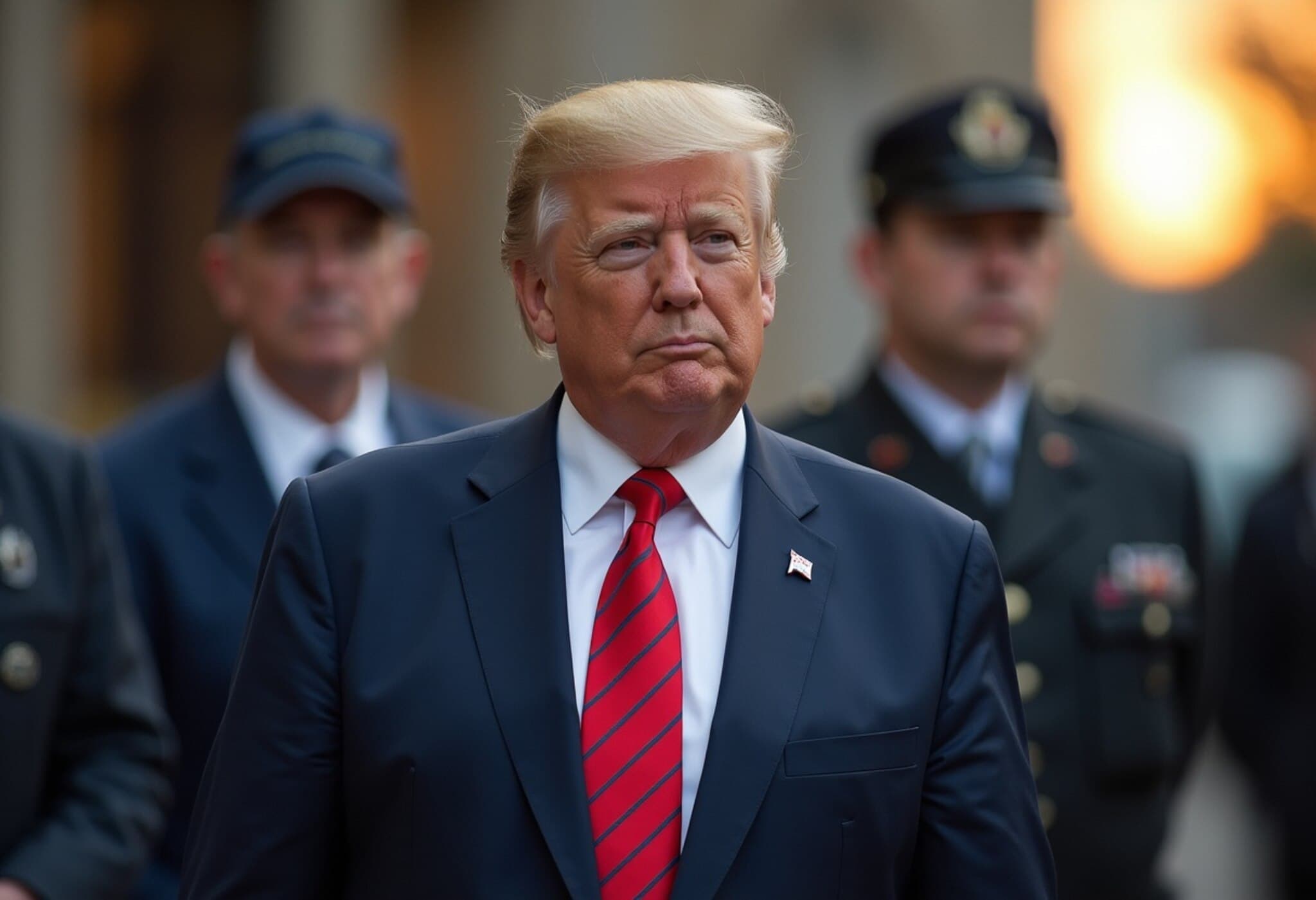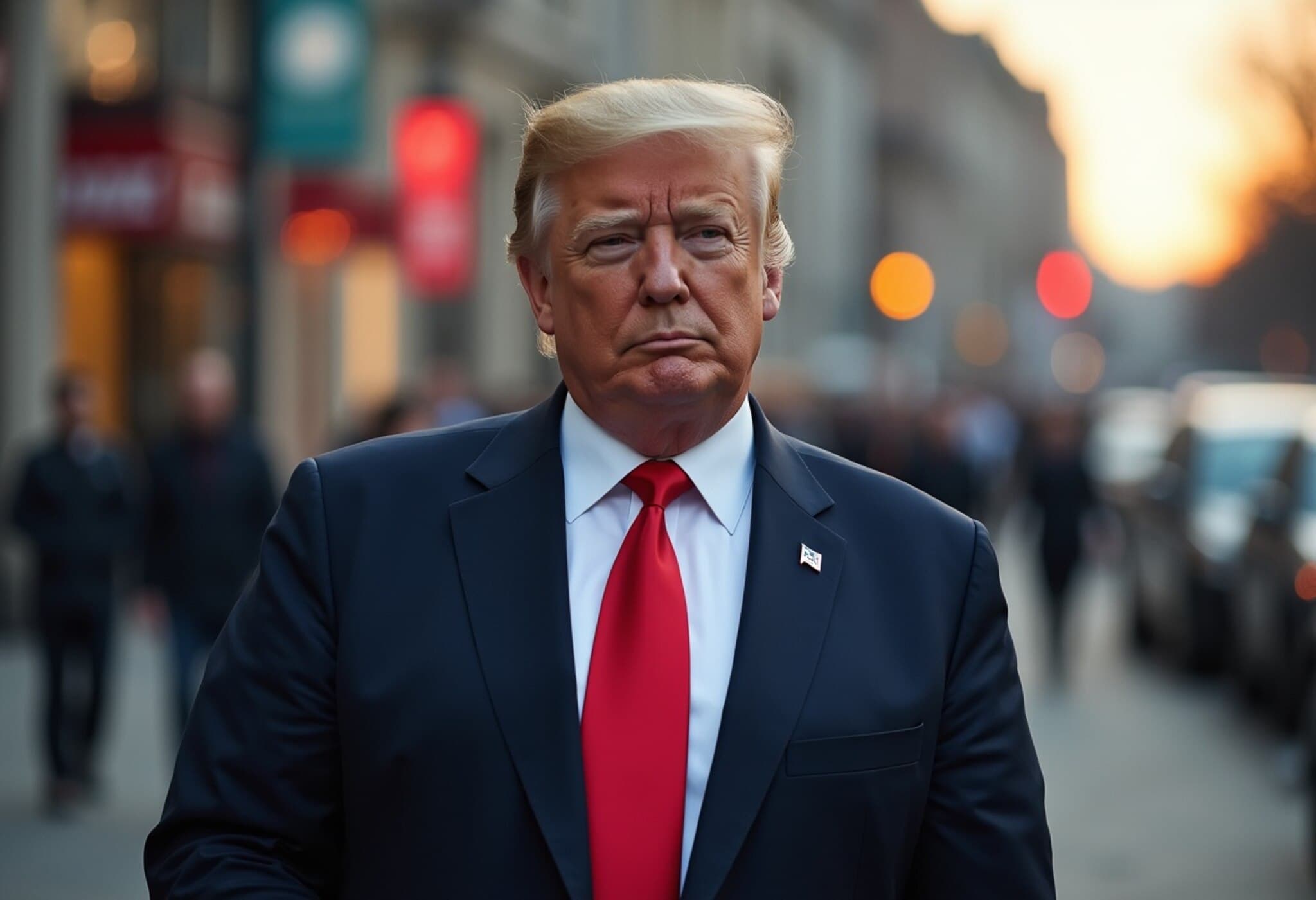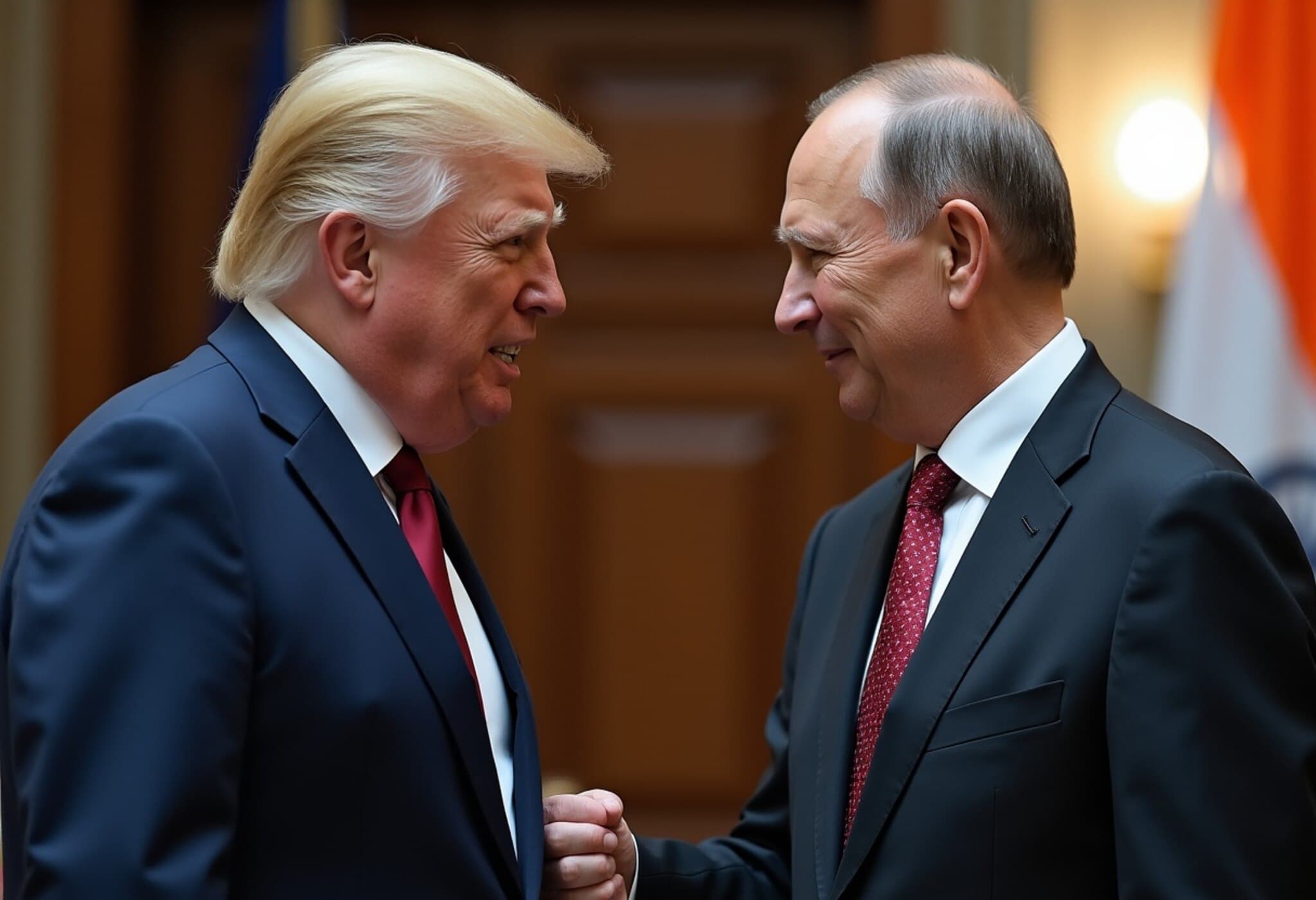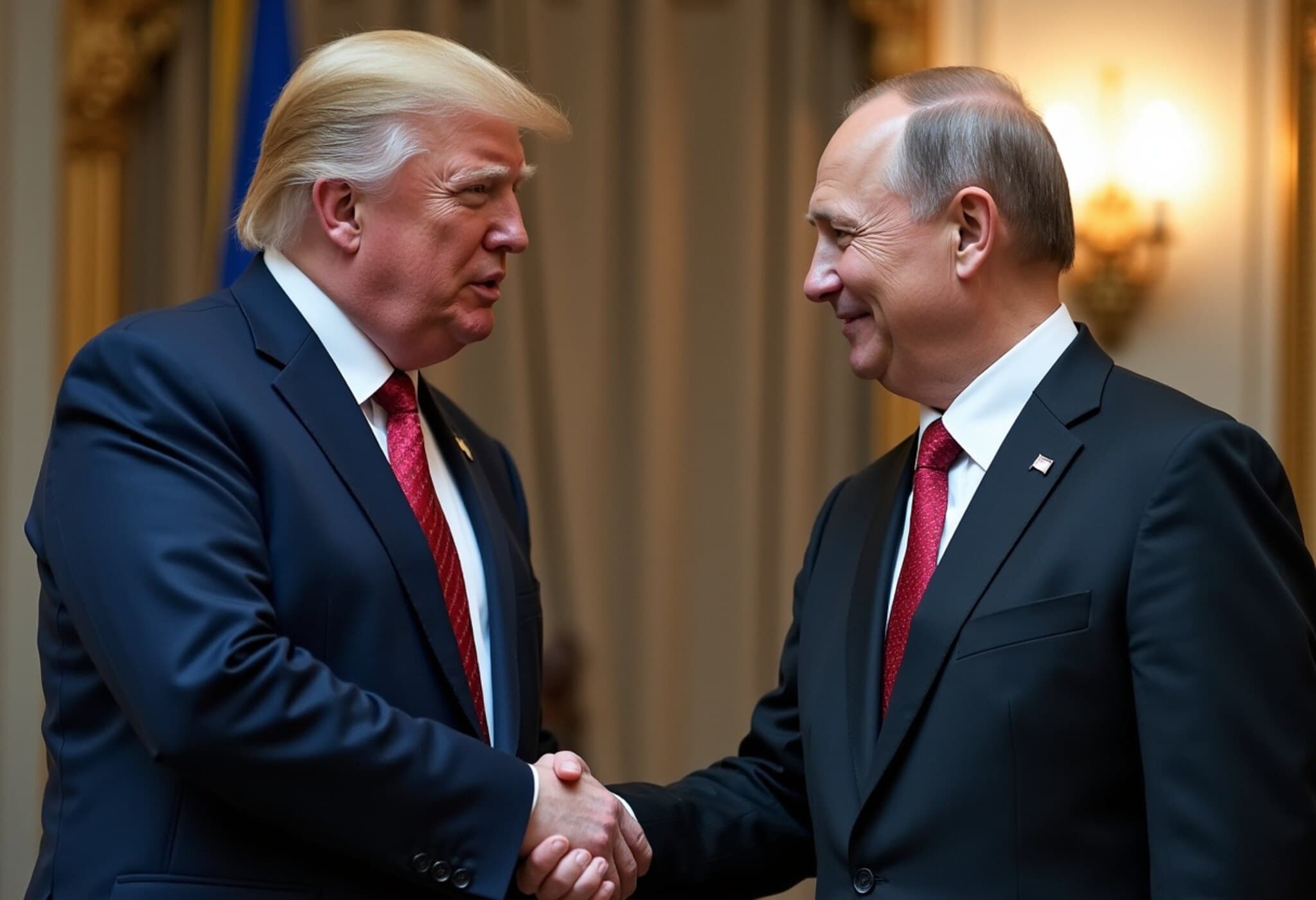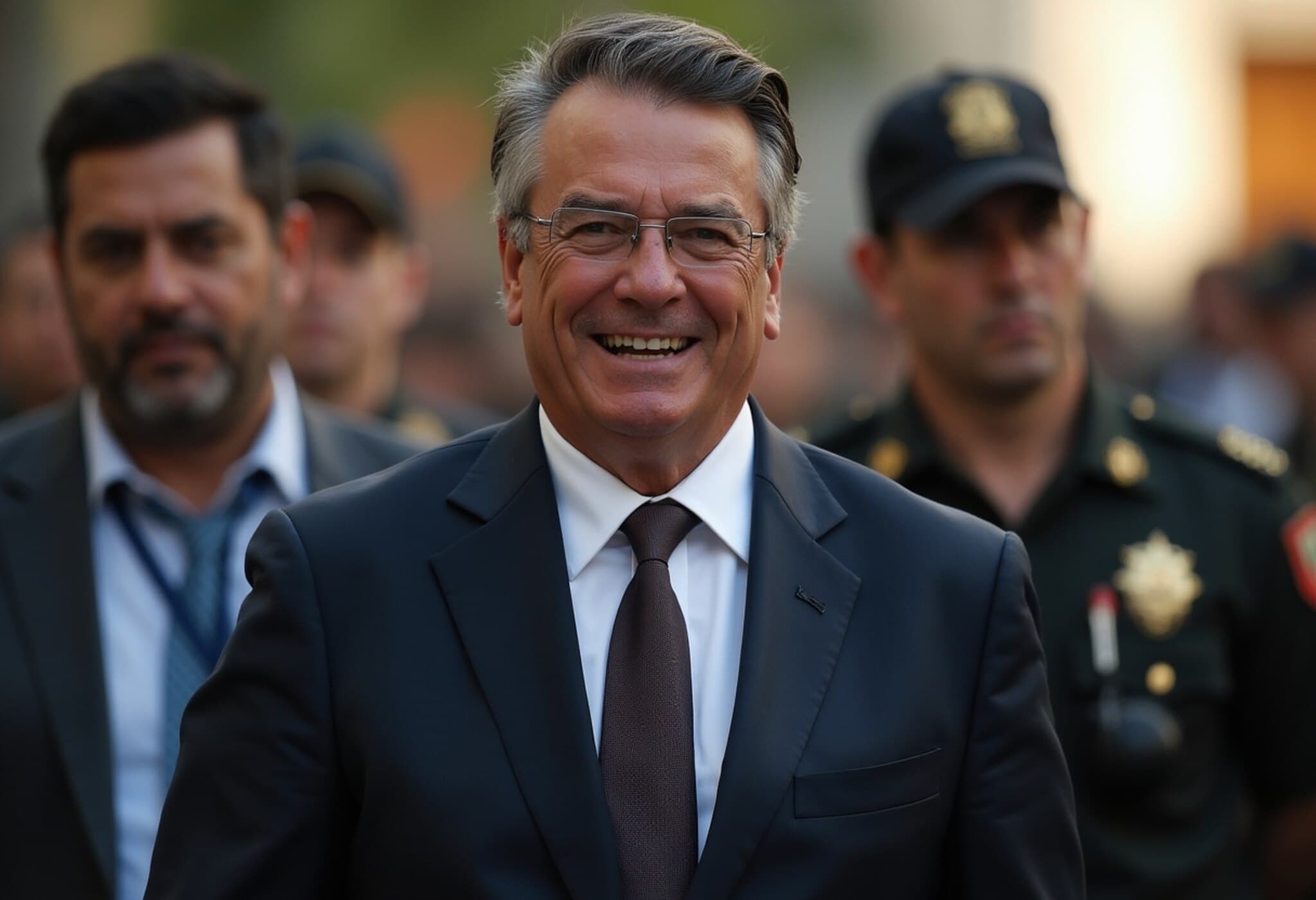US Explores New Security Pact for Ukraine Amid Ongoing Conflict
In a significant diplomatic move, the United States has proposed offering Ukraine a set of security guarantees modeled on NATO’s collective defence principles but deliberately designed to fall short of full NATO membership. This initiative, confirmed by Italian Prime Minister Giorgia Meloni and diplomatic sources, aims to provide Kyiv with robust Western security assurances while sidestepping the contentious issue of expanding NATO—an expansion Russia has repeatedly warned against.
What Is the Proposed “Non-NATO Article 5” Guarantee?
At the heart of the US plan is the creation of a "non-NATO Article 5" security guarantee. Under this proposal, Ukraine would receive commitments from partner countries—including the US—to come to its defense if attacked, mirroring NATO’s principle that an attack on one is an attack on all. However, unlike traditional NATO membership, Ukraine would not be bound by the full treaty obligations or protections that come with Article 5 membership, thereby avoiding direct confrontation over alliance expansion.
Italian PM Giorgia Meloni, who participated in high-level discussions, explained the concept as a collective security arrangement ensuring all partners stand ready to support Ukraine without requiring Ukraine to become a NATO member state. As she noted, this pledge could include measures short of military intervention, reflecting flexibility in response.
Diplomatic Context and Potential Challenges
The proposal emerged following US President Donald Trump’s meeting with Russian President Vladimir Putin in Alaska, where Ukraine’s status and prospects for peace remained unresolved. Trump has consistently opposed Ukraine’s full NATO membership, characterizing such expansion as a key driver of the current conflict from Russia’s perspective.
However, some diplomatic insiders express skepticism about the feasibility of Putin agreeing to any security guarantees resembling NATO protections. They argue that Moscow views even a limited collective defense pact as a breach of its strategic red lines, making acceptance unlikely without significant concessions.
European Leaders Reaffirm Commitment Amidst War
In the wake of the summit, European leaders including German Chancellor Friedrich Merz, French President Emmanuel Macron, British Prime Minister Keir Starmer, and Italian Prime Minister Meloni issued a joint statement underscoring their unwavering support for Ukraine. They emphasized the necessity of "ironclad" security guarantees to protect Ukraine’s sovereignty and territorial integrity and rejected any forced changes to international borders.
The statement also reaffirmed plans to maintain and intensify sanctions targeting Russia’s war economy, ensuring continued economic pressure until a just and lasting peace emerges. Leaders proposed further negotiations involving Ukraine’s President Volodymyr Zelenskyy to craft a sustainable diplomatic path forward.
Expert Insights: The Stakes for Transatlantic Security
The US proposal reflects a delicate balancing act on multiple fronts. From a US strategic perspective, offering Ukraine security guarantees that mimic NATO’s collective defense ambitions without extending formal membership could recalibrate deterrence dynamics in Eastern Europe. It acknowledges Kyiv’s aspirations and the West’s moral commitment while attempting to avoid provoking Russia into escalating the conflict further.
Nonetheless, the ambiguity surrounding the enforceability and exact mechanics of such a “non-NATO” pact raises critical questions. What form would collective support take? Would it command sufficient credibility to deter aggression? And how would European allies coordinate such assurances? These remain open issues demanding urgent clarity.
The proposal also brings to the fore broader debates on NATO’s role evolving beyond classic alliance paradigms, adapting to hybrid conflicts and accommodating partner states in precarious geopolitical situations.
Conclusion: Navigating a Path Toward Peace and Security
As the war in Ukraine rages into its third year, the international community grapples with innovative security architectures that reconcile territorial sovereignty, alliance politics, and deterrence. The US suggestion of a non-NATO security framework aims to thread the needle between Ukraine’s defense needs and the geopolitical realities of Russian opposition to NATO expansion.
Whether this initiative can translate into concrete protections and a viable diplomatic breakthrough remains uncertain. What is clear is that the conflict has reshaped global security discourse, compelling allies to explore fresh models that balance collective support with strategic restraint.

